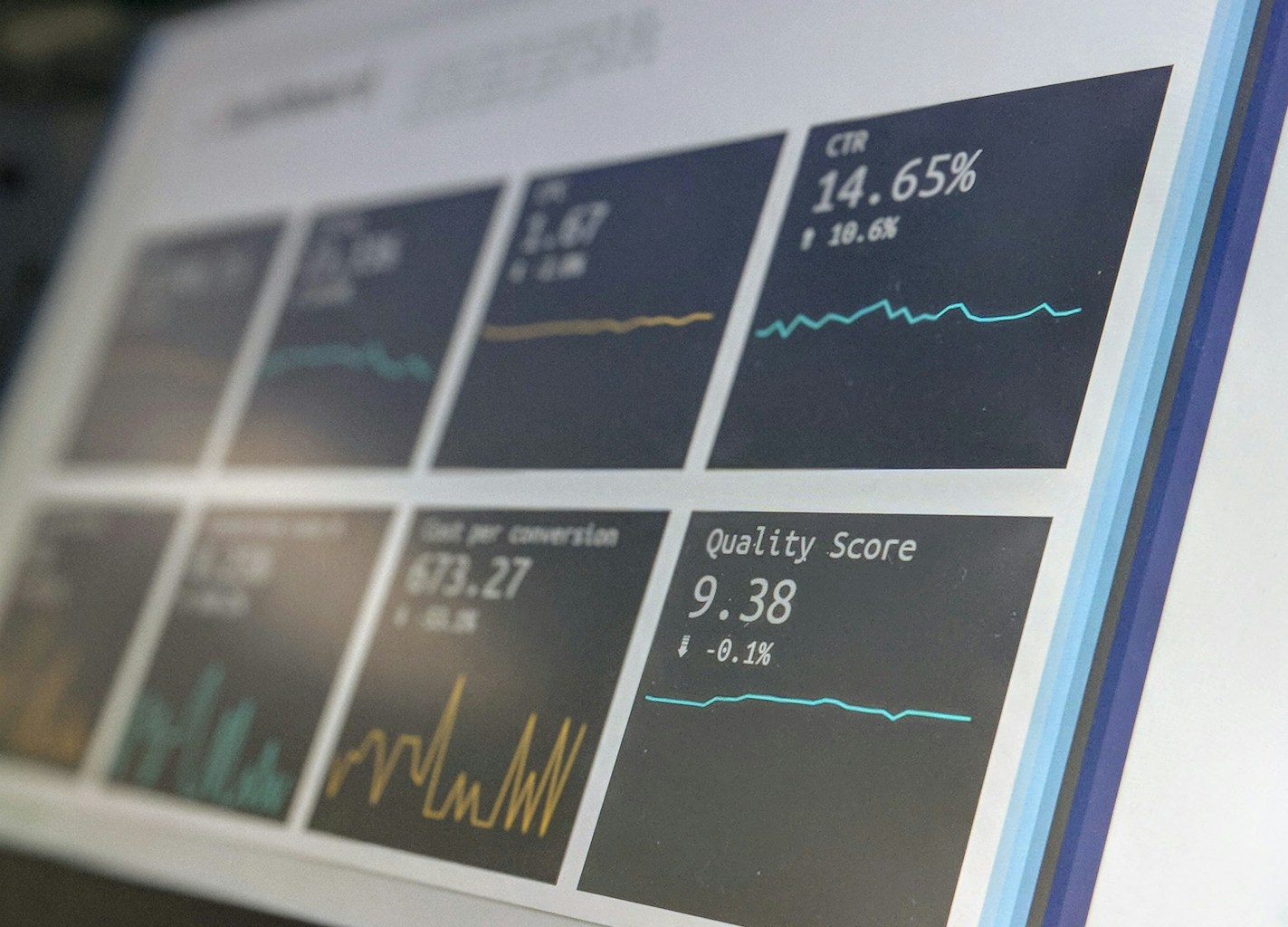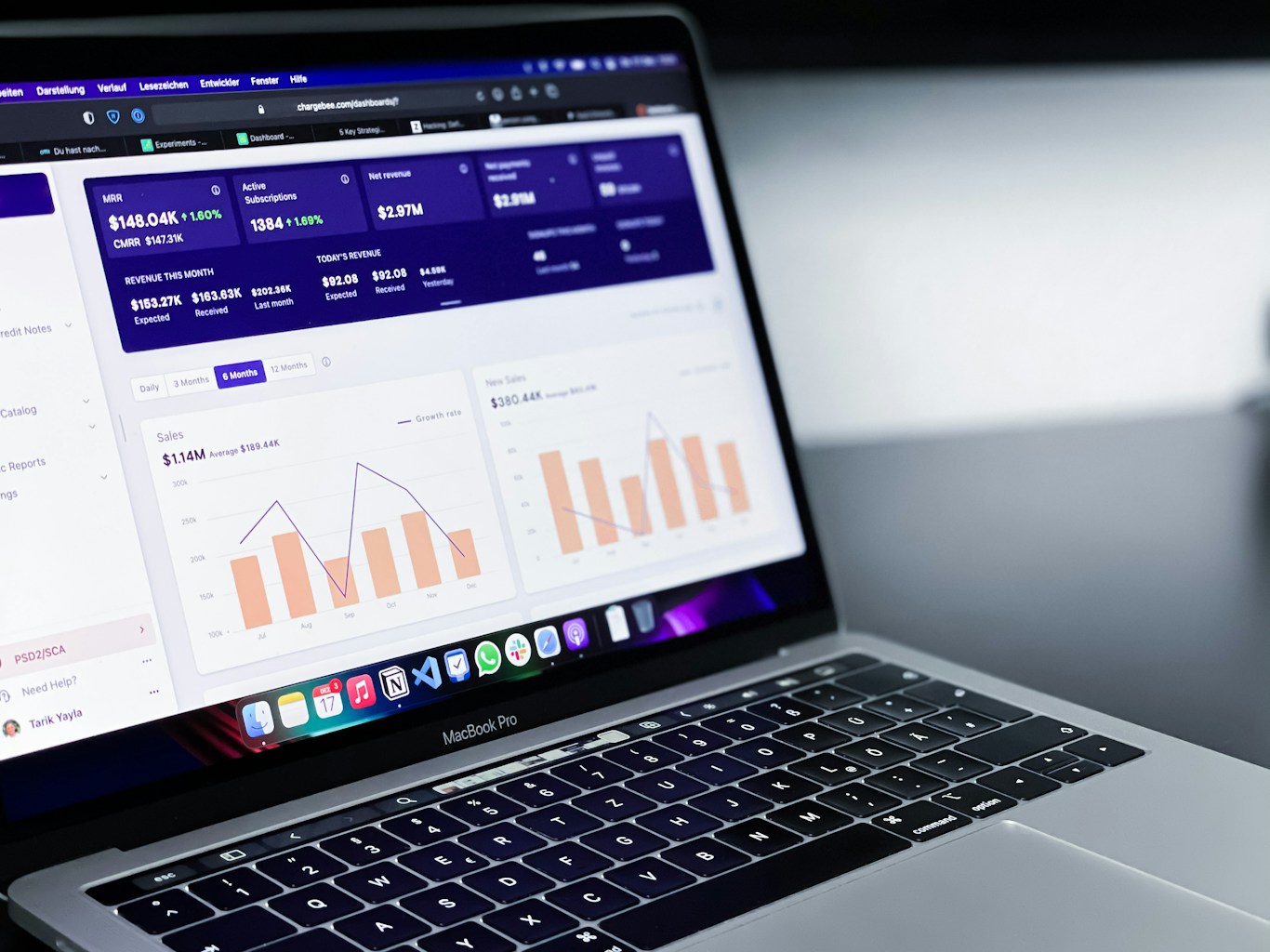Content marketers and SEO professionals often struggle to identify which pages truly drive results. While surface metrics like pageviews provide some insight, advanced link metrics offer deeper understanding of your content’s actual performance and strategic value. Let’s explore how to leverage these metrics to pinpoint your most valuable content.

Why Traditional Content Metrics Fall Short
Standard analytics provide valuable data but often miss crucial dimensions of content effectiveness:
The Limitations of Traffic-Based Assessment
While pageviews and sessions reveal audience interest, they fail to capture:
- Strategic importance: Pages with moderate traffic might play crucial roles in conversion journeys
- Authority signals: Content’s contribution to domain authority often doesn’t correlate with traffic
- Content relationships: How pages work together to create topical authority
- Link value: The equity distribution throughout your site
As Ahrefs’ content study demonstrates, some of the most strategically valuable pages on a site often have modest direct traffic but significant influence on overall performance through internal linking structures.
Looking Beyond Surface Metrics
Advanced link metrics help you understand your content’s full value by revealing:
- What content serves as authority hubs within your site
- Which pages efficiently distribute link equity
- How effectively your content clusters are connected
- Which pages deserve more internal linking attention
According to Search Engine Journal, analyzing these deeper link relationships often reveals surprising insights about which content truly drives site performance.
Essential Link Metrics for Content Evaluation
These key metrics help identify your most valuable content based on its link profile and strategic position.
Internal PageRank
Similar to Google’s original algorithm, internal PageRank measures how link authority flows through your website:
- What it shows: Which pages receive the most link equity from your internal linking structure
- How to measure: Use tools like Screaming Frog SEO Spider or Sitebulb that calculate internal PageRank
- Interpretation: Higher scores indicate pages that effectively accumulate authority through your link structure
This metric reveals content that might not get the most traffic but serves as authority hubs within your site architecture.
Inbound Internal Links
The number of internal links pointing to each page reveals its perceived importance within your site:
- What it shows: How well-connected a page is within your content ecosystem
- How to measure: Use Google Search Console’s “Links” report or tools like Semrush’s Site Audit
- Interpretation: Pages with few internal links may be undervalued or orphaned content
Moz’s research suggests pages receiving more internal links typically rank better for their target keywords, making this a critical metric for identifying optimization opportunities.
Link Depth
Link depth measures how many clicks a page is from your homepage:
- What it shows: How accessible content is to users and search engines
- How to measure: Technical SEO tools like DeepCrawl or Screaming Frog provide link depth metrics
- Interpretation: Lower numbers (fewer clicks from homepage) generally indicate higher strategic importance
According to ContentKing, pages with lower link depth typically receive more link equity and rank better than deeply buried content.
Link Neighborhood Analysis
Examining what content links to what reveals topical clusters and authority distribution:
- What it shows: How effectively your content is grouped into topical clusters
- How to measure: Visualization tools like Gephi or network analysis features in enterprise SEO platforms
- Interpretation: Well-organized content shows clear clustering around pillar pages
This analysis, recommended by Content Marketing Institute, helps identify your most important cluster hub pages and reveal gaps in your internal linking structure.
Advanced Metrics for Link Quality Assessment
Beyond quantity metrics, these measures help evaluate the quality and effectiveness of your internal links.
Anchor Text Distribution
Analyzing the anchor text pointing to each page reveals its topical focus:
- What it shows: How consistently content is positioned around specific topics
- How to measure: Link analysis tools like Ahrefs, Majestic, or specialized internal link analyzers
- Interpretation: Diverse but topically relevant anchor text typically indicates strong content
SEMrush’s ranking factors study found that pages with topically relevant anchor text tend to rank better for related keywords.
Weighted Link Value
Not all internal links carry equal weight—links from high-authority pages pass more value:
- What it shows: The quality of internal links pointing to content
- How to measure: Advanced SEO tools that calculate link equity flow
- Interpretation: Pages receiving links from your most authoritative content typically have higher strategic value
This analysis helps identify content receiving high-quality internal links versus pages with numerous but low-value links.
Click-Through Rates on Internal Links
Beyond SEO value, measuring actual user interaction with internal links reveals content relationships that resonate with visitors:
- What it shows: Which internal links users actually click
- How to measure: Event tracking in Google Analytics or specialized user behavior tools like Hotjar
- Interpretation: High CTR on internal links indicates effective content connections that engage users
According to Nielsen Norman Group research, links that receive high click-through rates typically provide clear value propositions and appear in contextually relevant positions.
Link Positioning Analysis
Where links appear on a page affects both user interaction and SEO value:
- What it shows: How prominently content is featured in other pages
- How to measure: Custom extraction and analysis of link position in HTML or visual analysis tools
- Interpretation: Content receiving links in prominent positions (early in content, above the fold) typically has higher perceived importance
This nuanced analysis reveals which content your site effectively positions as high-priority through strategic link placement.
Implementing Advanced Link Analysis
Follow these steps to implement a comprehensive link metrics analysis.
Step 1: Conduct a Complete Site Crawl
Begin with a thorough technical crawl:
- Use a tool like Screaming Frog, DeepCrawl, or Sitebulb to crawl your entire site
- Ensure the crawl collects all internal link data, including anchor text
- Export the data for further analysis
- Note any crawl errors or accessibility issues that might affect link metrics
Step 2: Create a Content Inventory with Link Metrics
Compile key metrics for each content piece:
- Organize pages by URL, title, and content type
- Add traffic and engagement metrics from your analytics platform
- Incorporate internal link metrics from your crawl data
- Include external link metrics if available
This comprehensive inventory, as recommended by Portent’s content audit guide, provides the foundation for your analysis.
Step 3: Visualize Link Relationships
Create visual representations of your link structure:
- Use network visualization tools to map content relationships
- Identify clear clusters and isolated content
- Highlight pages with high internal PageRank
- Note unexpected patterns in your link structure
Visual analysis often reveals insights that spreadsheets miss, particularly regarding content clustering and authority distribution.
Step 4: Identify High-Value Content Types
Look for patterns among your most-linked content:
- Categorize top-performing pages by content type (guides, case studies, etc.)
- Analyze topic patterns among well-linked content
- Note content formats that consistently earn internal links
- Identify characteristics that make content link-worthy
This analysis, suggested by Orbit Media Studios, helps inform future content creation by revealing what formats and topics naturally attract internal links.
Turning Link Insights Into Action
Once you’ve identified your most effective content through link metrics, implement these strategic improvements.
Resurrect Underlinked High-Potential Content
Look for pages with strong performance metrics but weak internal link profiles:
- Identify content with high engagement/conversion rates but few internal links
- Add strategic internal links from related high-authority pages
- Update anchor text to better reflect the target page’s key topics
- Consider featuring this content more prominently in navigation elements
According to Single Grain’s content optimization research, this targeted internal linking approach often yields rapid ranking improvements without requiring significant content changes.
Consolidate Link Equity to Key Pages
Strengthen your most strategically valuable content:
- Identify your highest-converting or most authoritative pages
- Review their current internal link profile
- Add additional contextual links from topically related content
- Consider implementing “featured resource” sections on category pages
This focused approach concentrates link equity where it delivers maximum business impact.
Create Link Pathways to Orphaned Content
Rescue valuable content that lacks internal links:
- Identify orphaned or under-linked pages with solid traffic or conversion potential
- Map these pages to relevant existing content
- Add contextual internal links where topically appropriate
- Consider creating new “bridge content” that connects isolated topics to your main content themes
This technique, recommended by Moz’s content audit process, often uncovers hidden gems in your content library that can deliver quick performance gains when properly connected.
Develop Enhanced Pillar Content Based on Link Metrics
Your link analysis may reveal opportunities for new authority content:
- Identify topic clusters with fragmented authority (many pages sharing links rather than a clear pillar)
- Create comprehensive pillar pages that consolidate information
- Implement strategic internal linking from existing cluster content
- Consider consolidating or redirecting thin content covering the same topic
HubSpot’s research shows this pillar-based approach typically delivers stronger search performance than numerous smaller pieces competing for the same topical authority.
Advanced Applications of Link Metrics Analysis
Beyond basic identification of valuable content, these sophisticated applications leverage link metrics for strategic advantage.
Predictive Content Performance Modeling
Using historical link and performance data to predict content success:
- Analyze correlation between internal link metrics and performance outcomes
- Develop prediction models for content based on link position and structure
- Use these insights to prioritize future content development
- Create internal linking plans before new content launches
This forward-looking approach helps content teams focus resources where they’ll generate maximum impact.
Competitive Link Gap Analysis
Compare your internal link structure to top competitors:
- Conduct similar link analysis on competitor sites (where crawlable)
- Identify topics they emphasize through internal linking that you don’t
- Note structural differences in how content is connected
- Adapt successful patterns while maintaining your unique content approach
This comparative analysis, recommended by Neil Patel, often reveals strategic opportunities your competitors have discovered through their own testing and refinement.
Content Consolidation Decision Framework
Use link metrics to guide content consolidation decisions:
- Identify content clusters with many similar pages fragmenting link equity
- Analyze performance and link metrics for each page
- Determine which to maintain, merge, redirect, or remove
- Implement a consolidation plan that preserves link equity
According to Search Engine Land, this consolidation process often yields significant performance improvements by concentrating authority rather than diluting it across similar pages.
Conclusion: Building a Link-Aware Content Strategy
Advanced link metrics reveal dimensions of content value that surface analytics miss. By understanding how link equity flows through your site and which content serves as authority hubs, you can make more informed decisions about:
- Which content to promote through additional internal linking
- What topics deserve expanded pillar content development
- How to structure site architecture for maximum authority flow
- Where to focus optimization efforts for greatest impact
As your analysis grows more sophisticated, these insights will inform not just your internal linking strategy but your entire content development process—creating a virtuous cycle where each new piece strengthens your overall content ecosystem through strategic internal connections.
By regularly revisiting these advanced link metrics, you’ll maintain a clear understanding of which content truly drives your site’s performance, allowing for more efficient resource allocation and more effective content optimization.



